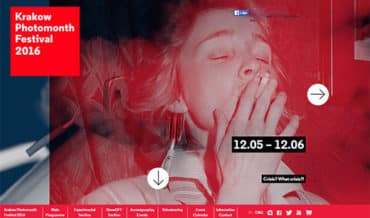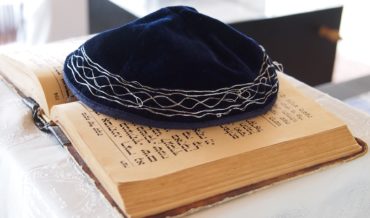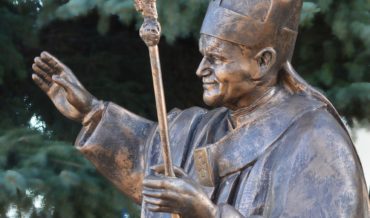Krakow was surrounded by servant settlements which, as the city developed, became suburbs and finally districts of Greater Krakow. The dispute over jurisdiction in these areas was open and therefore the situation was used by various guild obstacles who were not members of the guilds – they acted outside the law of craftsmen. Further areas that did not turn into districts became part of the city. They were rich in historic manors, churches and parks, which served as an auxiliary to the castle and the city. A pattern has developed:
The inhabitants of Zielonki, Świątniki and Prądnik Korzkiewski were producers of slash weapons.
The inhabitants of Ludwinów and Sułkowice were blacksmiths
The inhabitants of Piaski Wielkie, Liszki, were butchers
The inhabitants of Bierzanów were cheese makers
The inhabitants of Dębniki, Wola Justowska and Balice were hamernicy
The inhabitants of Alwernia and its vicinity were potters
The inhabitants of Skawina and its vicinity were carpenters, coopers and furniture makers
The inhabitants of Sidzina and Skotników were tanners
The inhabitants of Tyniec dealt in knitting
The inhabitants of Ojców worked as embroiderers
The inhabitants of Chrzanów dealt with tailoring
The inhabitants of Jerzorzany were engaged in basketry
The inhabitants of Zabierzów, Płaszów, Modlnica Wielka and Mała, as well as Krowodrza, Łobzów, Krzesławice, Łęg and Nowa Wieś were engaged in carters. In turn, carting for long distances was the specialty of Prądnik Biały.
The inhabitants of Krowodrza were also bricklayers
The inhabitants of Prądnik Czerwony dealt with baking
Inhabitants of Zwierzyniec, Czernichów, Sidzina, Kobierzyn, Kopanka,
Podłęże, Bieńczyc and Płaszów were raftsmen
The inhabitants of Łobzów, Krowodrza and Czarna Wieś were also gardeners.


